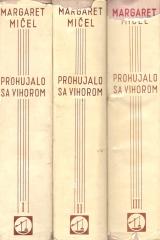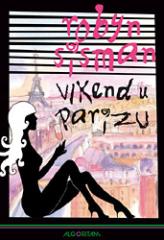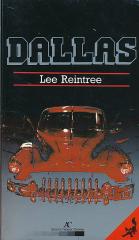
Mati
"The Good Earth" is a novel written by Pearl S. Buck, an American writer who received the Nobel Prize for Literature in 1938. The novel was first published in 1931 and became one of her most famous works.
"The Good Earth" is a novel that thematizes the life of ordinary people in rural China, full of challenges, the struggle for survival, but also deep emotional and social complexities. The main character of the novel is Wang Lung, a poor peasant who dreams of becoming rich and successful. The plot follows his life from his beginnings as a poor youth, through his rise to wealth and power, all within the context of Chinese social hierarchy, tradition and change.
The novel is told through the perspective of Wang Lung's wife, Mati (O-Lan), who is portrayed as a quiet, submissive, almost faceless woman at the beginning of the novel. O-Lan is the daughter of poor slaves, but she gradually becomes a key figure in his life, despite Wang Lung often neglecting her and not recognizing her strength and importance.
Through the character of O-Lan, Pearl Buck portrays a woman who is unrecognized, but who, with her persistence, courage and self-sacrifice, contributes to great changes in the life of her husband and family. Although she suffers and suffers because of the status of a woman in a patriarchal society, O-Lan is extremely important for the progress of the family.
The novel deals with themes of poverty, family relations, sacrifice, but also the tyranny of wealth and power. Gradually becoming wealthy, Wang Lung faces the moral and emotional dilemmas that come with his rise, while simultaneously forgetting the core values that guided him in the beginning.
"The Good Earth" is a work that explores the relationship of an individual to the country, love, family and society. Through the characters of Wang Lung and O-Lan, Buck explores universal themes, such as the struggle for survival, the power of women, and the moral dilemmas that come with success and wealth.
One copy is available
- Slight damage to the dust jacket





